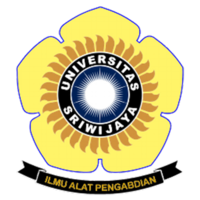IMPLEMENTASI PENGELOLAAN SAMPAH MELALUI BANK SAMPAH DI KABUPATEN PURBALINGGA
Abstract
This study aims to find out the Implementation of Waste Management Policy through Waste Bank in Purbalingga Regency and to know what factors influence the Implementation of Waste Management Policy through Waste Bank in Purbalingga Regency. The method used in this research is descriptive qualitative method by using the implementation model according to Ripley and Franklin.
The results showed that Implementation of Waste Management Policy through Waste Bank in Purbalingga Regency has not been successfully implemented. The level of compliance of waste bank executor to waste management policy through waste bank is still not fully adhered to. The smoothness of routine functions based on indicators of funding, socialization, services, and marketing is still not optimal. The performance and impact of the waste bank has not significantly reduced the waste generation in Purbalingga, locally only in the area where garbage banks are located.
Nevertheless, for some things have been successfully done well, among others: the Waste Bank is able to educate the community so as not to burn garbage or stored it in the garden or on the riverbed that caused damaged, the Waste Bank can make the people begins to sorting and collecting garbage from the source, the mindset of the people who used to think that garbage is a dirty goods starts to change into goods that have economic value.
Factors influencing the Implementation of Waste Management Policy through Waste Bank in Purbalingga Regency are: community participation in waste bank, women / mothers role in waste function, support and assistance from village /urban village government, coverage of garbage transportation service, and condition social politics in the region
Full Text:
PDFArticle Metrics
Abstract view : 564 timesPDF - 1835 times
Refbacks
- There are currently no refbacks.




